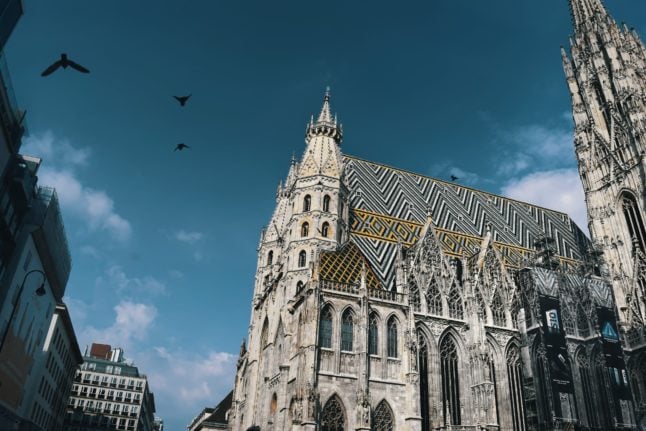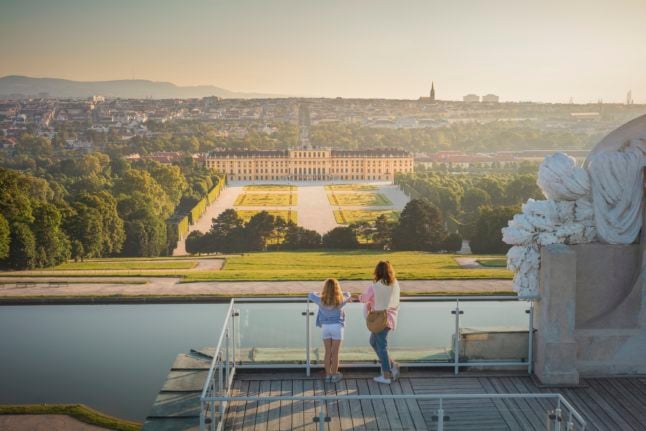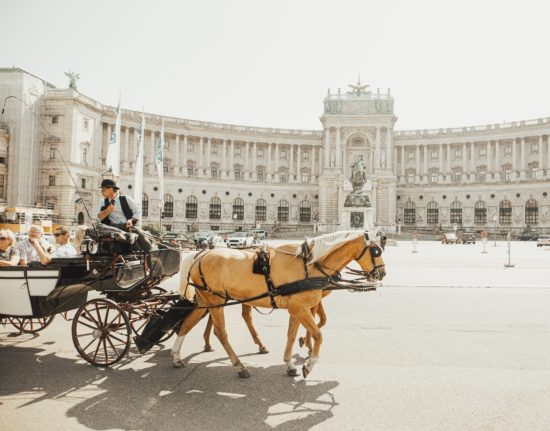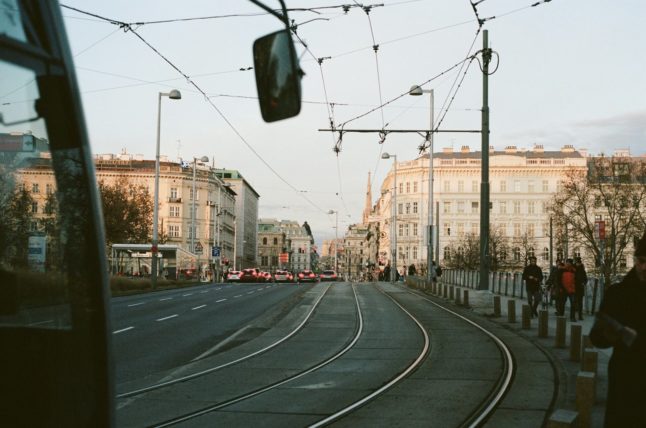Vienna is by far the most visited Austrian city. Data from Statistics Austria shows that the capital received more than 17 million tourist overnight stays a year – at least in a pre-pandemic year.
Austria’s second most visited city is Salzburg, with more than three million tourist overnight stays in 2019.
With a long history and the beautiful buildings and constructions that only a city which was the capital of an empire for hundreds of years can have, Vienna – Wien, to the locals – is definitely worth the visit.
READ ALSO: Austria: Six German expressions to entice your Wanderlust
Also, definitely worth an extended visit. But as weekend train rides become more common in Europe and low-cost flights make it possible for quick holidays across the continent, many visitors only have a few hours to spend in this historical town.
While it might seem impossible to see all, there is to see in Vienna in only 24 hours (and it is!), The Local has asked for the help of Robert Eichhorn, a Vienna-accredited tourist guide and a born and raised Viennese with an eye for the unique parts of town.
If you only have 24 hours in Vienna, arriving around 2 pm on a Saturday and leaving at around the same time on a Sunday, here are a few things you could do to make the most of the city.

Start out with the first district
The Austrian capital is divided into 23 districts. The first is the central, where many historical sightings and political buildings are located. The remaining districts spiral from that, with 21 and 22 located just across the Danube river.
READ ALSO: IN PICTURES: The Vienna coffee shop where phone-less visitors get a discount
In the first district, you will find many of the most impressive places.
“Even for those who are not church fans, a visit to St. Stephen’s Cathedral should not be missed”, Eichhorn says.
The landmark stands for centuries in the heart of the city. It offers not only a postcard picture (literally) and a beautiful interior but also amazing views, as our tour guide explains that it is possible to reach the top of the big spire (343 steps by foot) or the smaller taller (by elevator) to enjoy the city from above.
If you enjoy the religious history, it is also possible to, from St. Stephen’s, reach Ruprechtskirche, one of the oldest churches in Vienna. “From there, it’s just a stone’s throw to the City Temple of the Viennese Jewish Community in Sitenstättengasse and the Ankeruhr at Hoher Markt”, describes Eichhorn.
READ ALSO: Six of the best things to do in spring in Vienna
Heading East from Ankeruhr, you will reach one of Vienna’s beautiful city parks. Actually, the city park: Stadtpark, the 19th-century park with a lake and a river. This is a fantastic starting point to Vienna’s incredible Ring Road.
“The Ringstrasse was built in the second half of the 19th century, and there are numerous buildings important for the city”, Eichhorn explains. Walking from the Stadtpark, with a short detour to visit the beautiful Karlskirche, it is possible to follow the road and see some of the main attractions, including the Vienna State Opera, Burggarten, the Hofburg, the Museumsplatz, the Parliament and Vienna’s City Hall (Rathaus), all the way to the beautiful Votivkirche.
“I would recommend taking a break in the coffee house in the Burggarten Palm House”, our tour guide notes.
“The historic ambience makes it a great place to relax”, he adds.
READ ALSO: The best spots to recharge on the weekend in Vienna
For the evening attractions
Truth be told, the Ringstrasse and its beautiful buildings also shine with the facade lights, and a walk around the first district could seem totally different depending on the time of the day – or the season in the year.
But if you want to have “old-school Viennese”, as the born-and-raised Eichhorn says, then a trip to a Heurigen would be suitable. Those are the typical and traditional Viennese wine taverns.
“They are located on the city’s outskirts but can be reached by public transport well”.
READ ALSO: Six tourist scams to be aware of in Austria
A less rustic option, but central, is the so-called (even by locals!) Bermuda Triangle, an area in the first district with plenty of pubs and bars.
“Or maybe end the day with a concert?” suggests Eichhorn. “Vienna has an incredible amount of music events to offer, from classical to modern music”.
The next morning
As you prepare to enjoy your final hours in the beautiful city, how about heading to a genuinely imperial and impressive palace?

It only takes about 30 minutes with the metro from the first district to Schönbrunn Palace. “It is the summer residence of the Habsburgs, the imperial family. An impressive palace and a beautiful garden complex”, Eichhorn explains.
Schönbrunn is really a crown jewel, and no visit to Vienna would be complete without going there. The palace gardens also house a modern zoo worth visiting – but could be cutting it close with the time, according to Eichhorn.
READ ALSO: REVEALED: EU plans digital-only Schengen visa application process
There might be still just enough time for a traditional Austrian meal as you head out your way: try the schnitzel and potato salad if you eat meat. For vegetarians, the Käsespätzle is a very typical one (especially in the Austrian mountains).
Unfortunately, there aren’t many vegan choices for traditional meals, but more and more restaurants offer vegan options.
Vienna also houses several beer gardens, where you can eat and drink local foods and beers just before taking your train back home.




 Please whitelist us to continue reading.
Please whitelist us to continue reading.
Member comments